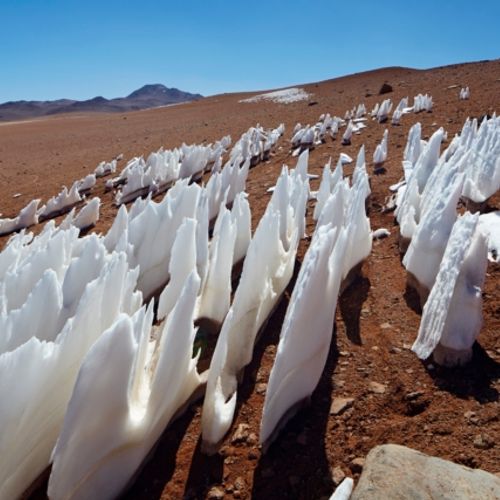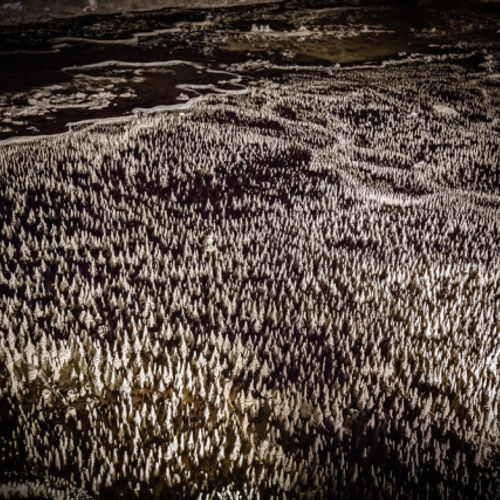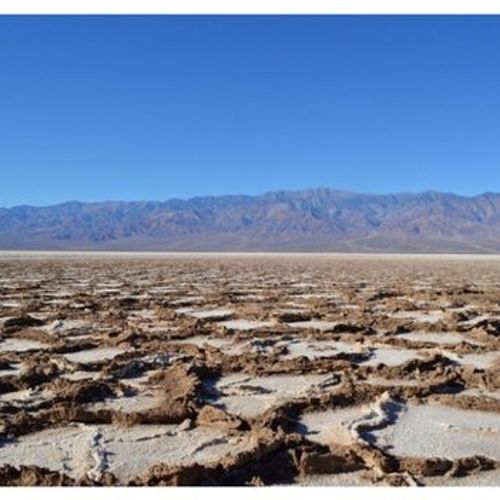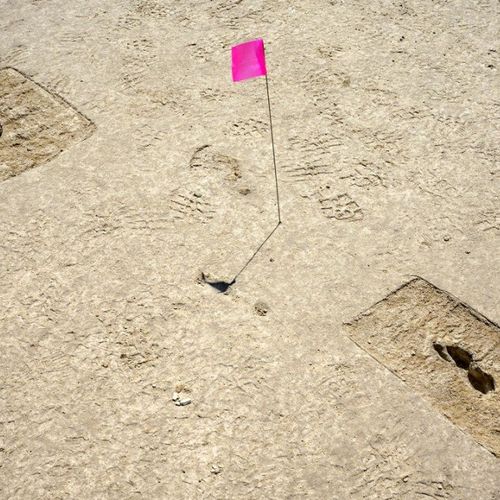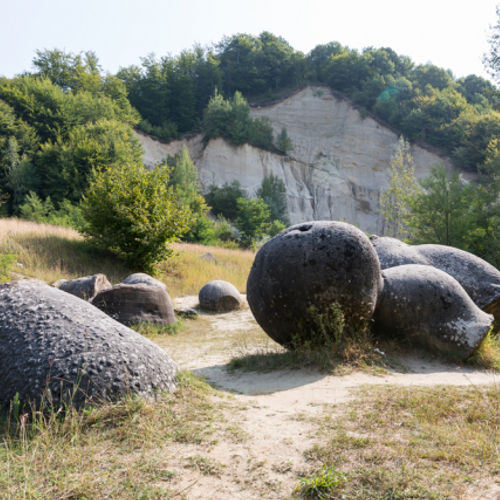
| Added | Sun, 29/01/2023 |
| Источники | |
| Дата публикации | Sat, 28/01/2023
|
| Версии |
Not far from the tiny Romanian town of Costesti there are many rocks that are not like others. These are piles of convex boulders that "come out" from under the ground, grow in size and move as if they are alive. In everyday life, they are called "living stones", and in scientific terms, trovants.
They can be found in a number of places north of the Romanian capital.
Some believe that these are sandstone concretions with a strong outer layer of sand, resembling huge M&M pills in structure. They are harder than other rocks nearby, and when the softer rocks around are destroyed, the trovant seems to come out of the earth's thickness.
In the rains, the water reacts with minerals in the nodules, the insides of the stone bulge out in the form of peculiar bubbles, and it looks as if the trovant "gave birth to offspring". Of course, these are all very slow processes. For 1.2 millennia, the stone "grows" by less than 5 cm.
According to scientists, millions of years ago there was a river delta in these places that contained sandstone and siltstone deposits brought by a prehistoric stream from the expanses of the entire continent. Then the mineral components gradually dissolved and circulated in the sand and gravel basin. They also played a cementing role, gluing together different sedimentary particles. Therefore, the current trovants differ in composition.
Новости со схожими версиями
Log in or register to post comments

